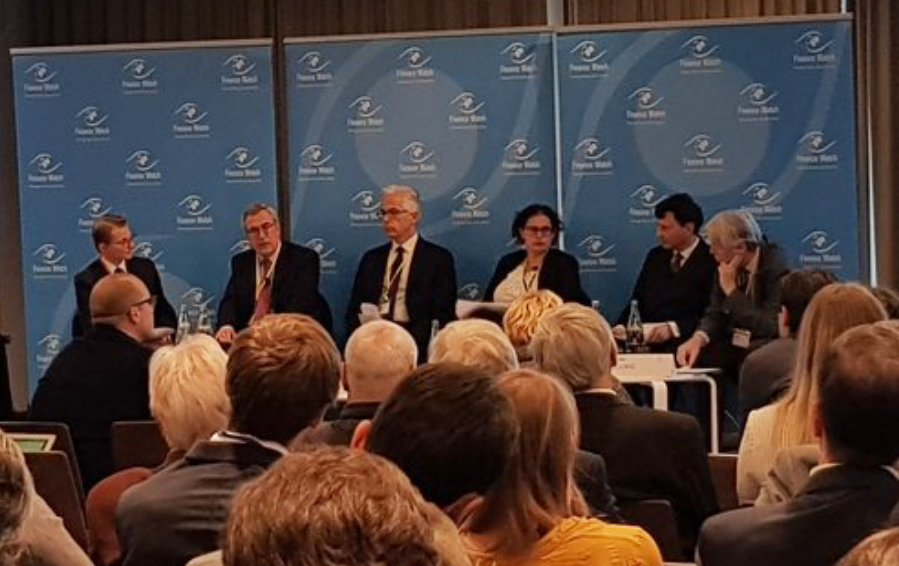
[📊Report] The 60 largest banks are exposed to $1.35tn in fossil fuel assets whose value will drop in the transition to #netzero.
If we treated them as 'higher risk' under #Basel3, the banks' capital increase would take 3-5 months of retained profits without reducing lending
1/9
If we treated them as 'higher risk' under #Basel3, the banks' capital increase would take 3-5 months of retained profits without reducing lending
1/9

Using the annual reports of 60 of the world biggest banks, we have estimated their exposures to fossil fuel assets - indisputably #StrandedAssets. We found levels similar to the 2008 banks exposures to #subprime mortgages. The threat of a #fossilsubprimes crisis is a reality
2/9
2/9
Until bank capital rules reflect it, this risk will increasingly threaten financial stability, leaving taxpayers exposed to shouldering new bailouts. Fossil fuel assets should be treated as “higher risk” and assigned a risk weight of 150% in line with the #BaselFramework.
3/9
3/9
We calculate that implementing such precautionary risk weights on banks´ fossil fuel exposures globally would require an average additional capital per bank of $3.05 bn. This is equivalent to 2.85% of the banks' current equity or 3.42 months of their 2021 aggregate net income
4/9
4/9
Half of the banks could cover this from profits in 2.71 months or less - if they started today, they would be protected by Christmas! But supervisors should work with banks to achieve the needed capital increase over a suitable time frame
5/9
5/9
The time period could account for the scale and maturities of banks’ fossil fuel exposures to avoid disruptive effects on lending and also reflect banks’ ability to generate capital organically through profitability (currently on an upward trend as interest rates rise)
6/9
6/9
In fact, a much larger capital increase was implemented following the global financial crisis, when banks achieved their targets over 18-24 months without any reduction in lending or total assets, by using a combination of retained profits and higher lending spreads
7/9
7/9
In short, a 150% risk weight is a very achievable solution to protect taxpayers from the build-up of systemic risk. And not treating fossil fuel exposures as higher risk can be seen as a subsidy from banks to the fossil fuel industry (which we estimate at $18 bn/year) 8/9
@EP_Economics has a unique opportunity to right the EU ship with the review of #CRR. And forums like @BIS_org, @FinStbBoard, @G20Indonesia & @COP27 should also debate this easily adaptable reform of our prudential frameworks.
Read the report here:
finance-watch.org/publication/a-…
9/9
Read the report here:
finance-watch.org/publication/a-…
9/9
🎁Bonus: we have made short summaries for our report's regional findings for 🇺🇸,🇬🇧,🇨🇦,🇩🇪,🇫🇷,🇮🇹 and 🇪🇸 banks. Find them on the report's page 👇 finance-watch.org/publication/a-…
• • •
Missing some Tweet in this thread? You can try to
force a refresh







